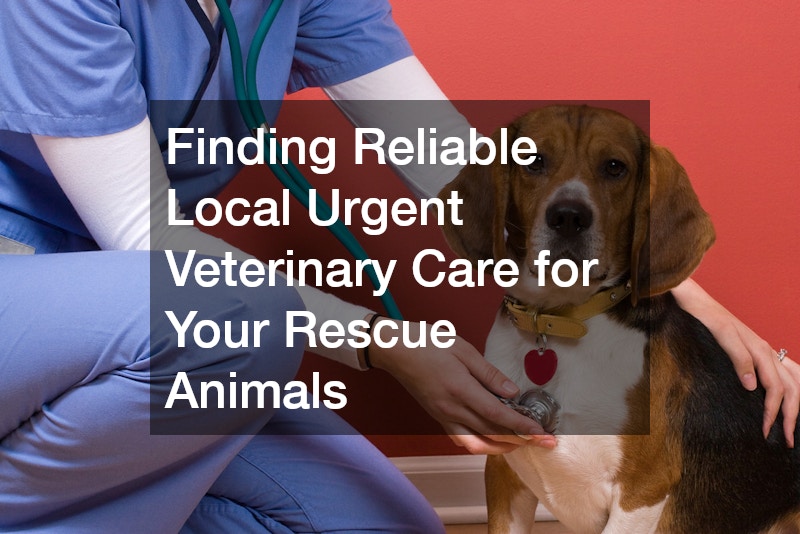Adopting a pet is exciting, no doubt, but before you do that, you need to ensure your home is pet-proof. Your first step should be to prepare your home to be a safe environment for your furry friend. Pets generally explore the home as soon as they get comfortable, and they may end up hurting themselves if you have not pet-proof your home. So, here is a short guide on how you can pet-proof your home.
Keep the Harmful Foods Away
Your kitchen is one of the most hazardous areas of your abode for your pet, and that is also the place they might spend most of their time. Why not? The kitchen has food! Many foods can cause harmful effects and even a fatal end to your pet and must be kept out of reach.
So make a list of items that can be harmful to your pet and start storing them in cupboards that can’t be opened by your furry friend. Some of the most common food items that are usually bad for pets include avocado, chocolate, citrus, coconut, grapes and raisins, nuts, raw meat, etc.
Get Rescue Alert Stickers
Despite being super safe, your home can still suffer disasters such as fire breakout, storms, floods, etc., that can threaten your pet. Like insurance, you should get rescue alert stickers that let rescue workers know there are pets located in your home. They need to be placed on your door and mention the type of pet and emergency contact numbers. They are cheap and can be purchased from your local pet supply store.
Rescue stickers also offer great peace of mind, knowing that your pet will be saved during the time of a disaster, including when transporting your pet using pet ground transportation services during relocation.
Prepare Your Bathrooms
Bathrooms are another area in your home that can be dangerous for your pet. The most obvious hazard to your pet in bathrooms is cleaning supplies, detergents, medications, and fabric softeners. So, store them out of reach of your pets. You should also avoid keeping standing water in your bathtubs or sinks, as it can be a drowning hazard to your pet.
To be on the safe side, you can even keep the bathrooms shut or place fences to keep your pets out of there. But, do note that some pets tend to see bathrooms as a safe place to hide or sleep, so keeping hazardous things out of reach for them is usually enough to keep them safe.
Start Landscaping for Your Pet

Common household and outdoor plants can be quite hazardous to your pet, too. You’d be surprised to know how many seemingly harmless plants are dangerous to the health of your pet. Some common household plants toxic for pets include autumn crocus, lily, daffodils, baby’s breath, carnation, milkweed, tulip, and morning glory.
There are three ways of protecting your pet from the plants. One, to spray your plants with bitter sprays to discourage your pets from chewing on them. Two, place household plants out of reach for them. Three, not having them in the first place.
Fence Up Your Home
If you don’t want to get rid of your outdoor plants or want to stop your pets from running off into your neighbors’ property, you should install some pet-friendly fences around the house. All you need to do is contact a fence contractor, and they will help you strategically place fences around your home that will keep your pet from entering places they’re not supposed to.
Beware of Diseases
Pets are notoriously nosy, and their noses may often end up where they are not supposed to, and they may eat something that’s not safe for them. These things and our environment can cause several diseases to your pet that range from mild to life-threatening. So you need to be aware of the most common diseases and their usual symptoms. You should also prepare an emergency medical plan so that if your pet ever falls sick, they get a quick treatment from the right vet. Similarly, you need to be on top of pet vaccinations to reduce their chances of contracting diseases.
Getting a pet is a big responsibility, where it is a hamster, a cat, or a dog. They are loyal companions that will never make you feel alone, but they do need some effort on your part. So, keep these tips in mind to give your pet a home that is as safe for them as it is for you.




